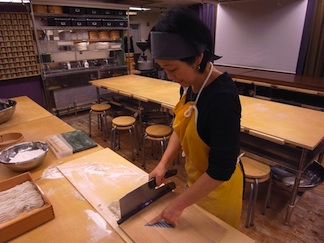
Discover Nikkei explores the Nikkei experience theme by theme and story by story through the Nikkei Chronicle series.
For the second year of the Nikkei Chronicles: Nikkei+ ~Stories of Mixed Language, Traditions, Generations & Race~, we solicited stories that explore how Nikkei around the world perceive and experience being multiracial, multinational, multilingual, and multigenerational.
People around the world were invited to submit personal stories and essays, memoirs, and academic papers, in hopes that by sharing the multitudes of experiences, we could enhance our ability to better understand who Nikkei are. There are stories about war brides, food, such as fusion restaurants, and Oshogatsu traditions, architecture, mixed family stories, and of course, Hapa identity related stories.

All of the submissions are now published on Discover Nikkei, and there are just 11 days left to vote for your favorite Nikkei+ stories!
It will be a great opportunity to learn more about being Nikkei, and to support authors and their articles with your votes. The stories with the most Discover Nikkei “stars” will be translated into our site languages, and may even be published in our partnering publications in the US, Canada, and Latin America!

All you have to do is log in to Discover Nikkei and click on the “star” icon if you like a story. Vote for as many stories as you like. If you don’t have a Discover Nikkei account, it’s free & easy to sign up!
Get your votes in by December 20th, and we will announce the “favorites” before the end of the year!
Remember, every vote counts!
To access all of the Nikkei+ stories, please visit the Nikkei+ page.
Photos: courtesy of the authors




























 When is the last time that you stopped by for lunch or a little afternoon pick-me-up in the Chado Tea Room? Dubbed
When is the last time that you stopped by for lunch or a little afternoon pick-me-up in the Chado Tea Room? Dubbed 









